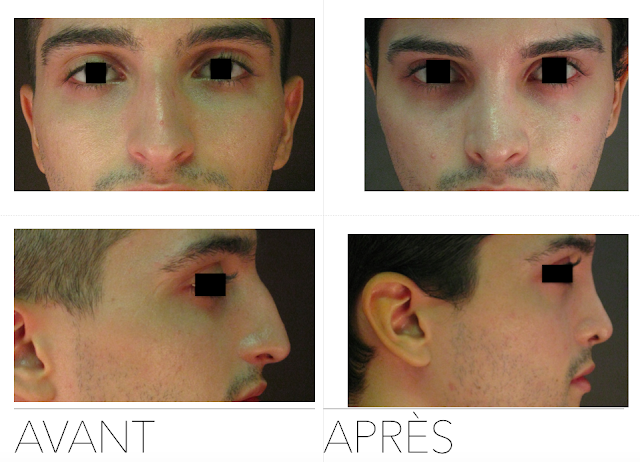Rhinoplasty: The Art and Science of Nose Surgery
Rhinoplasty, commonly known as a nose job, is a surgical procedure that can have a significant impact on a person's appearance and self-confidence. This blog post delves into the world of rhinoplasty, exploring its purpose, the surgical process, recovery, and what you need to consider before taking the plunge.
Section 1: Understanding Rhinoplasty
Rhinoplasty Defined:
Rhinoplasty is a surgical procedure that aims to reshape the nose. It can be performed for both cosmetic and functional reasons. While some people seek rhinoplasty to enhance their appearance, others require it to correct breathing difficulties or congenital issues.
Section 2: The Rhinoplasty Procedure
Initial Consultation:
The journey to a new nose begins with a consultation with a board-certified plastic surgeon. During this meeting, you'll discuss your goals, concerns, and expectations. Your surgeon will examine your nasal structure, take photographs, and explain the surgical approach.
Surgery Day:
On the day of the procedure, you'll be placed under anesthesia. The surgeon will then make incisions, either inside the nostrils (closed rhinoplasty) or across the columella (the strip of tissue between the nostrils) and inside the nostrils (open rhinoplasty). These incisions allow the surgeon to access and reshape the nasal structure.
Sculpting the Nose:
The surgeon may reshape the bone, cartilage, or tissue to achieve the desired appearance. This can involve reducing the size of the nose, refining the tip, straightening a crooked nose, or addressing other concerns.
Closing Incisions:
After making the necessary changes, the surgeon will carefully close the incisions with dissolvable sutures or other appropriate methods.
Section 3: Recovery and Aftercare
Immediate Post-Op:
Following rhinoplasty, you'll likely experience some swelling, bruising, and discomfort. Your surgeon may recommend pain medication and provide specific post-operative instructions.
Recovery Timeline:
Recovery times vary, but most patients can expect to return to work or normal activities within a week or two. Full results may take several months to become apparent as swelling gradually subsides.
Section 4: Considering Rhinoplasty
Personal Motivations:
Before undergoing rhinoplasty, it's crucial to have realistic expectations and clear motivations. Consider why you want the procedure and what you hope to achieve.
Choosing a Surgeon:
Selecting a qualified, experienced, and board-certified plastic surgeon is paramount. Research potential surgeons, read reviews, and consult with them to ensure they understand your goals.
Understanding Risks:
Rhinoplasty, like any surgery, carries risks, including infection, bleeding, and dissatisfaction with results. A thorough discussion with your surgeon can help you understand these risks.
Conclusion:
Rhinoplasty is a transformative procedure that requires careful consideration. Whether you're seeking cosmetic enhancements or addressing functional concerns, consulting with a skilled surgeon and having realistic expectations are essential. Remember that the art and science of rhinoplasty can lead to a nose that not only looks better but also helps you breathe easier and feel more confident in your own skin.



Comments
Post a Comment